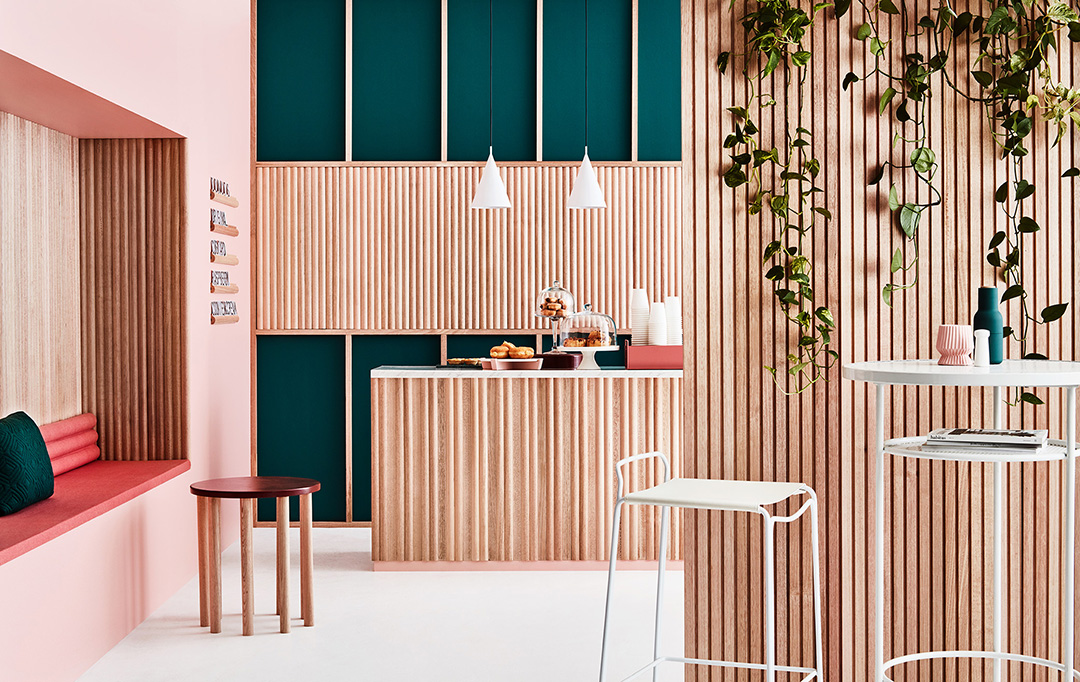
The concept of Biophilic Design lies at the heart of Porta’s research. Biophilia represents the innate human desire to connect with nature and living organisms. Biophilic design seeks to fulfill this inherent need through modern architectural practices that promote both mental and physical wellbeing.
Porta’s mission is to equip architects and designers with the knowledge and resources they need to harness the full potential of timber in their projects. They firmly believe that designing with timber goes beyond mere functionality and aesthetics – it establishes a vital connection to nature, significantly enhancing the health and wellbeing of building occupants.
Incorporating elements of nature into the built environment is key to biophilic design. Natural light, airflow, water features, plants, and organic materials like timber play a pivotal role in creating spaces that resonate with the human spirit. This design approach is applicable to both residential and commercial settings and has been proven to yield positive health responses, especially in workplaces, educational institutions, and healthcare facilities.
Extensive research conducted by organisations like the Forest & Wood Products Australia (FWPA) and Planet Ark supports the numerous benefits of biophilic design. The use of timber has been found to be highly effective in bringing nature indoors. Timber not only boasts architectural flexibility and aesthetic appeal, but it also contributes significantly to the overall wellbeing of occupants.
The mental and physical health benefits of timber exposure in the workplace have been well-documented. Studies comparing workplaces with varying degrees of timber presence revealed that employees in spaces with more than 20% natural-looking timber surfaces reported higher levels of satisfaction, productivity, and concentration, along with reduced stress levels.
Beyond the workplace, the positive effects of timber can also be observed in educational and healthcare settings. In schools, the use of timber in classrooms has been linked to lower stress levels in students. In healthcare environments, the presence of natural materials and views of the outdoors have been associated with improved moods and faster recovery times for patients, as well as higher levels of contentment among visitors and staff.
Furthermore, research has shown that timber exposure can promote healing and recovery, leading to quicker recovery times, decreased pain perception, and increased happiness among patients. Timber’s ability to lower blood pressure and heart rate adds to its significance in creating healing environments.
The trend of exploring timber in design is not limited to local territories – it is a global movement. Porta’s international research supports the notion that the interior design world is embracing the idea of bringing nature indoors. Biophilic design with timber is relevant and applicable to both residential and commercial spaces, allowing us to create harmonious environments that resonate with our natural inclinations.
Embracing biophilic design with timber is more than just a trend – it’s a commitment to creating spaces that enrich the lives of those who inhabit them.
Explore the range of beautiful timber products from Porta including Contours lining boards, Porta mouldings, the Cumaru decking and landscaping range, and Endure timber cladding.
Top image styled by Bree Leech, photographed by Mike Baker.



